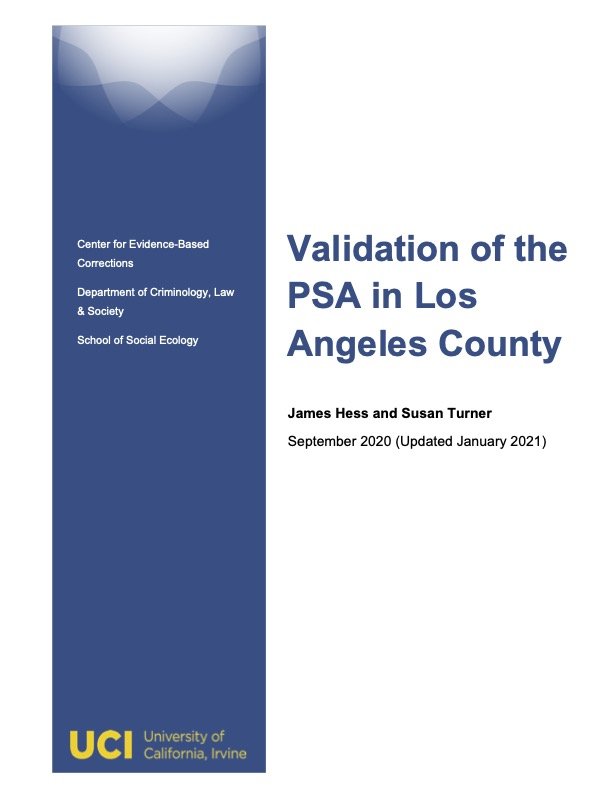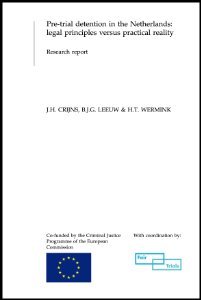KAH Webb, SA Riley, MT Wells
Pretrial risk assessment tools are used in jurisdictions across the country to assess the likelihood of "pretrial failure," the event where defendants either fail to appear for court or reoffend. Judicial officers, in turn, use these assessments to determine whether to release or detain defendants during trial. While algorithmic risk assessment tools were designed to predict pretrial failure with greater accuracy relative to judges, there is still concern that both risk assessment recommendations and pretrial decisions are biased against minority groups. In this paper, we develop methods to investigate the association between risk factors and pretrial failure, while simultaneously estimating misclassification rates of pretrial risk assessments and of judicial decisions as a function of defendant race. This approach adds to a growing literature that makes use of outcome misclassification methods to answer questions about fairness in pretrial decision-making. We give a detailed simulation study for our proposed methodology and apply these methods to data from the Virginia Department of Criminal Justice Services. We estimate that the VPRAI algorithm has near-perfect specificity, but its sensitivity differs by defendant race. Judicial decisions also display evidence of bias; we estimate wrongful detention rates of 39.7% and 51.4% among white and Black defendants, respectively.
Cornell University Pre-publication paper: 2023. 33p,















